As you may know, we decided to use the Straw or Hay Bale Gardening System this year. Our reasoning behind the change was as follows:
- Very poor soil conditions
- Pest issue, especially the squash vine bore
We moved to this homestead two years ago and found the Kentucky soil to be tough, very hard soil, lacking nutrients of any kind.
How we got anything to grow in our first garden here is a testament to sheer determination.
We come from Northern Illinois, up there we had 4’ deep of the richest, blackest organic filled soil anybody could ask for, it was a truly magical to watch vegetable grow in it. There was almost no effort on our part to have a successful garden.
So, after our dismal failure the first year here we set out to figure this Kentucky soil out. We talked with neighbors and vegetable producers, anybody that would talk we talked to. The bottom line for probably 95% of the folks we talked to was “ADD Chemicals”. We are not purist by any means, but the whole ideas of being self-sustainable rules out chemicals for us.
I was surfing YouTube for ideas and came across a guy called the 52 Week Gardener and he was testing out this hay bale system, he made a very convincing argument for using the method and had a year or two of experience under his belt with proof of success. We are in Zone 6B and his is in zone 7 I believe, so, we are not that much different in climate. Colleen and I decided why not let give it a try….we had resources in the barn ready and waiting to be used.
What could we lose???
These resources, the 70 bales of hay (Johnson Grass low quality) so we started with that. We got the bales laid out the way we wanted them and started the conditioning process.
Note: We will be doing a complete “How to” post on the basics of bale gardening in the near future!
We started all of our plants in our greenhouse and them transplanted them into the bales. For us this was a learning curve, and we are still learning, still talking with folks. Everybody that stops to see the farm is just amazed at how well the plants are doing. We have even had a few folks say they are going to try it next year!
So, let’s look at what worked and what didn’t: The Good, The Bad & The Ugly!!!
First the Good
Squash:
We had much better luck with the squash this year. We still have some pests, but they are not wiping the plants out like last year, and we have some more ideas for pest control that we will implement next year.
Tomatoes:
The tomatoes took off this year we are harvesting 20 to 30 pounds of tomatoes every other day or so.
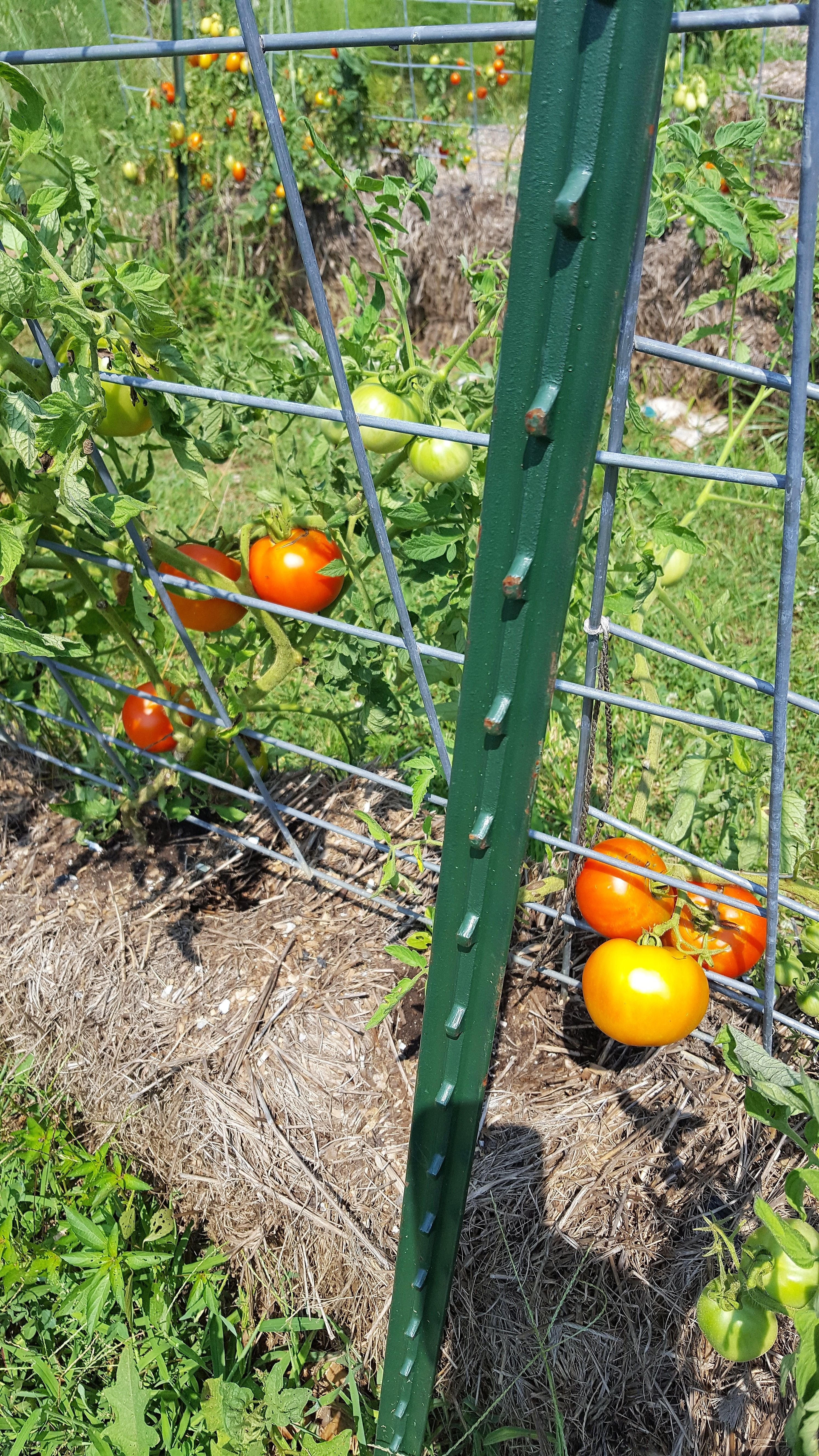
Cucumbers:
Doing very well, we only planted three plants this year and they are producing! Lots of pickles this year!
Peppers:
Much better than last year! We are harvesting weekly, everything from bell to hot chill's.
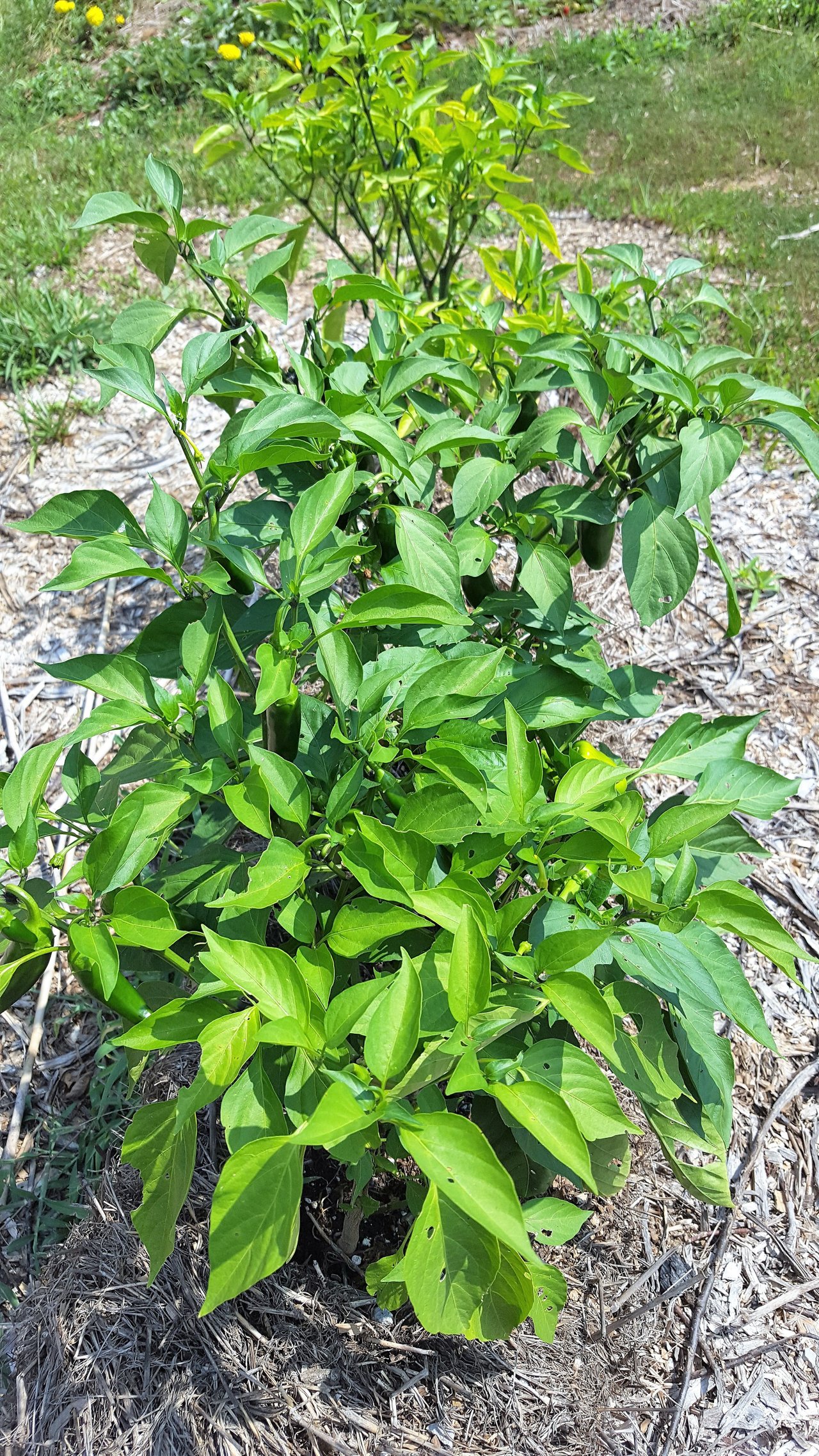
Zucchini:
The plants look great, so far the bugs have left them alone, production is OK. We have a volunteer doing very well!
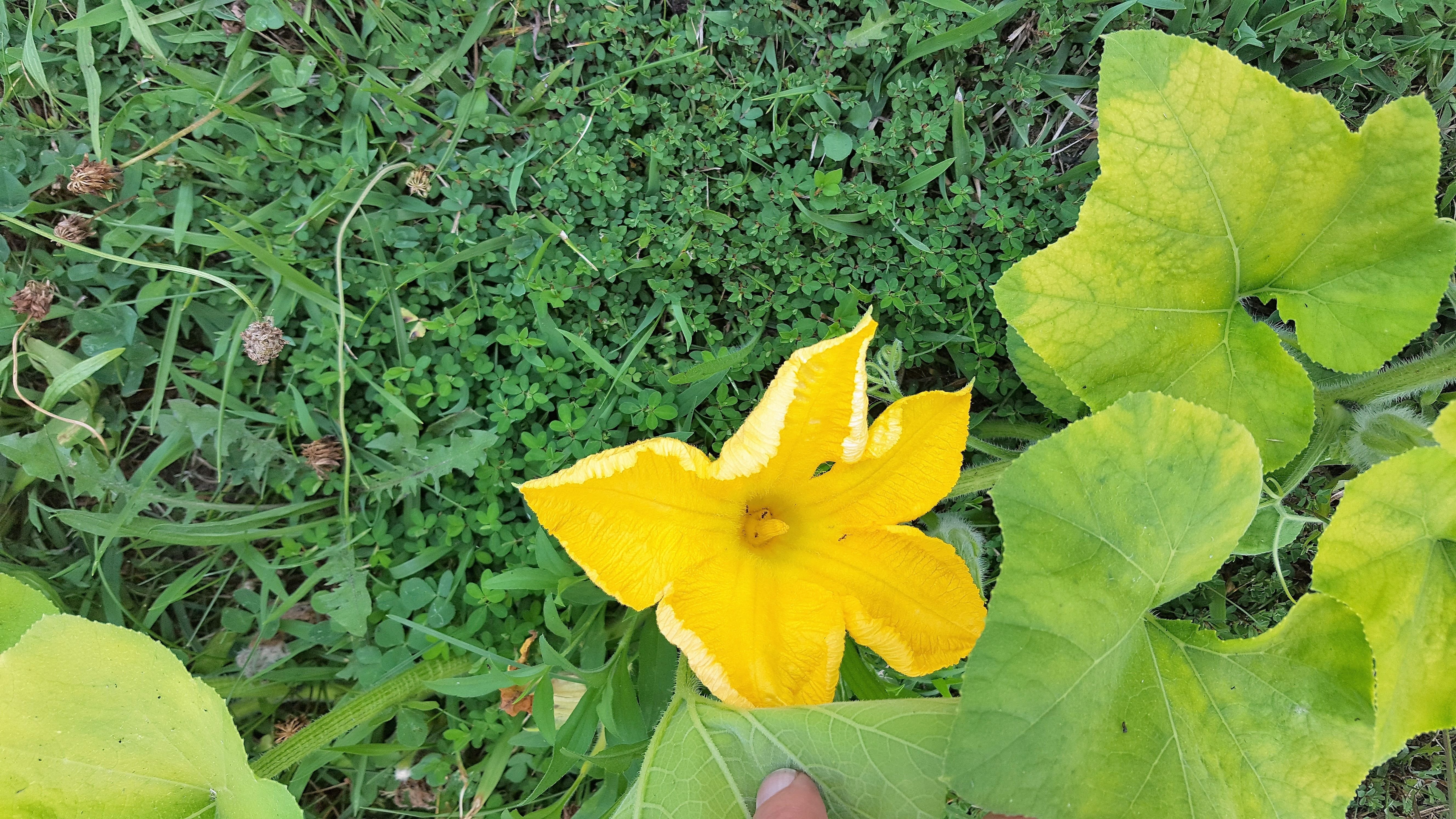

Carrots:
All I can say is wow, they produced very very well, looking to plant a fall crop soon.
Radish:
The radishes did rather well, very happy with the first crop, the second crop did not do so well.
The Bad
Brussel sprouts, cauliflower & broccoli:
This may not belong in the bad category as we had a volunteer squash that invaded the area where these we planted to, they had to fight for space, they are starting to produce but it will not amount to anything. We will replant and hope for a fall / winter crop and see what happens.
The ugly!
So, it seems like anything delicate, such as lettuce, swiss chard and kale do not do well in bales, I am not sure why, but I am guessing that they can’t take the heat coming from the decomposing bale, not sure, we need to do some research to figure this one out.
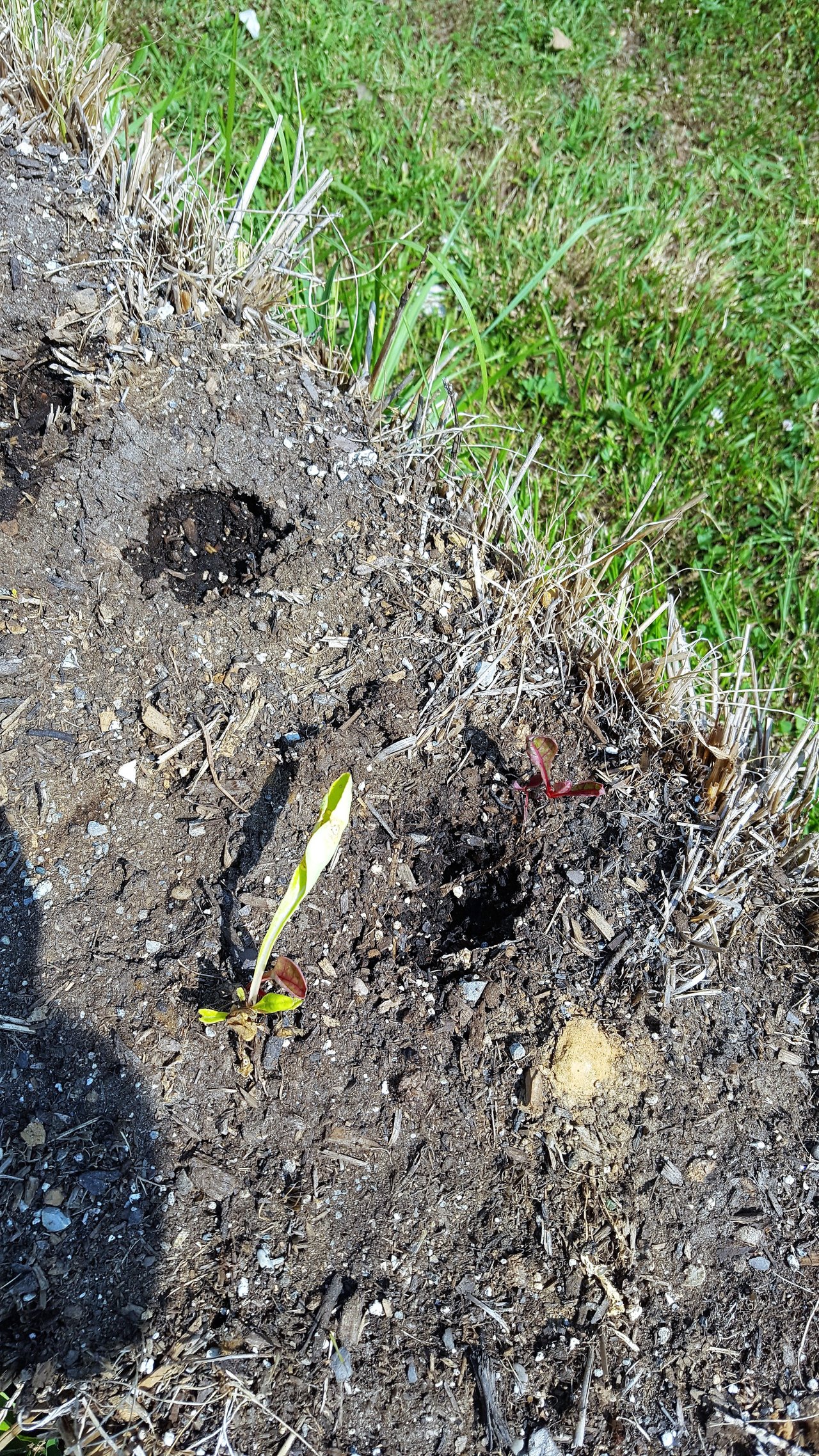
One of the complaints I heard from others that have tried this method is the amount of water needed to keep the bales damp, we have not had that issue, if it did not rain during a given week, we would water once a week. During this high heat season, we are watering every three days, the plants look healthy and free from water deficient stress.
Another huge plus is that the plants are up off the ground, blossom rot is way down, tomato blight, nonexistent this year.
We will do this again next year, as the decomposing bales are amending the soil underneath the bales, we figure after two, possibly three years of using this method the soil should be ready for direct planting. We will certainly keep ya'll posted!
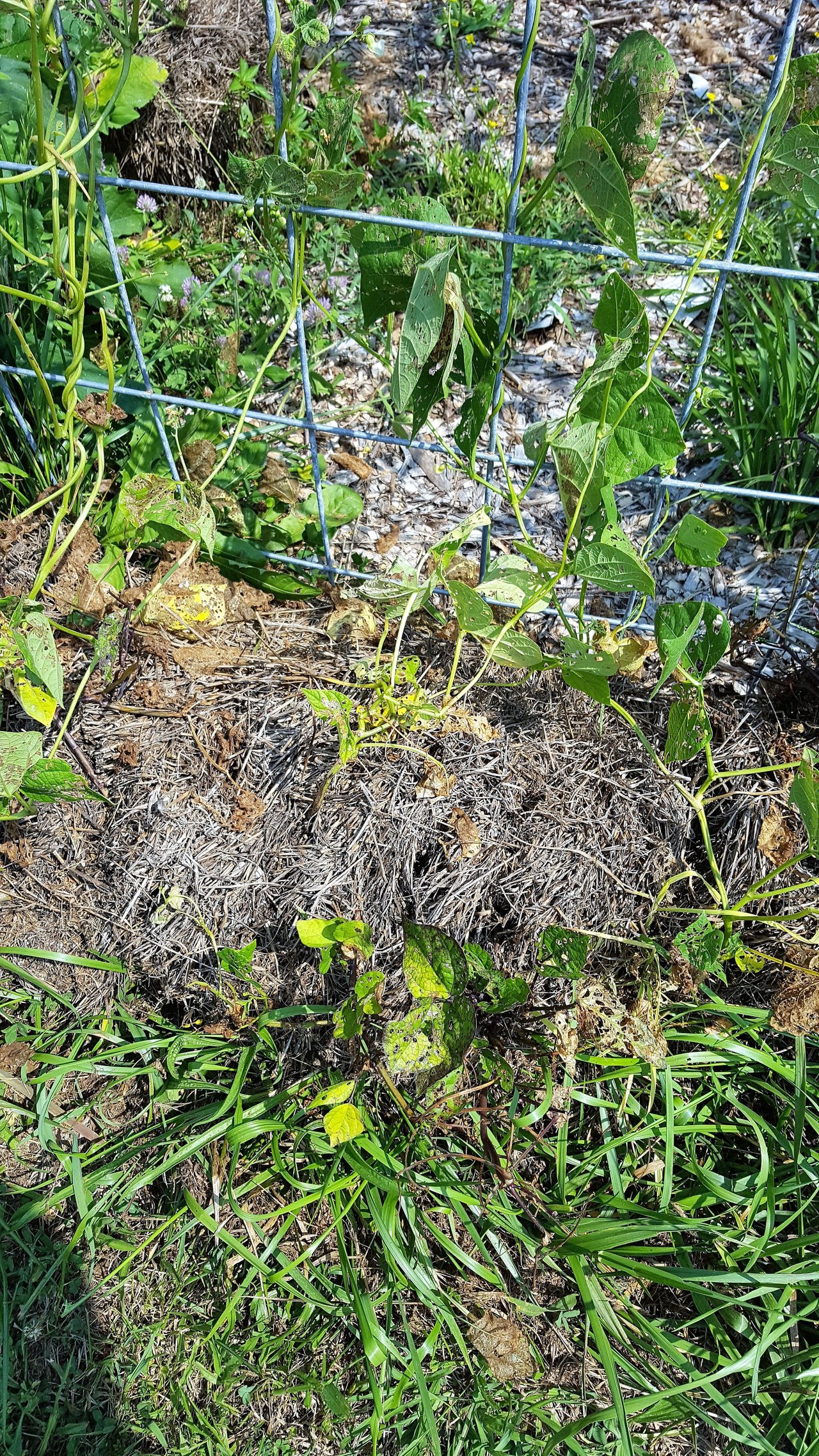
Until next time, ya'll have a good day now!
